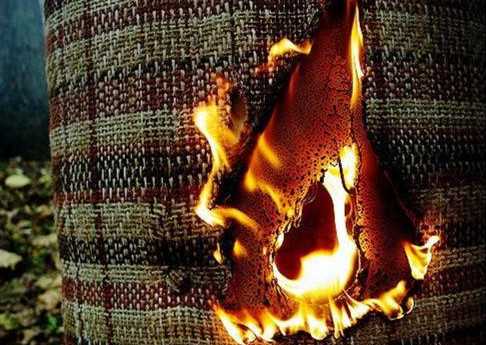
NewsInformation Center
what fabrics are exempt from flammability testing?
2023/05/30
Some fabrics are exempt from flammability testing under certain circumstances. Exemptions may vary depending on the specific flammability standard in question. Here are some examples:

Natural fiber fabrics: In some cases, natural fiber fabrics such as cotton, wool and silk are exempt from flammability testing if they meet certain criteria (such as having a certain weight or thickness).
Leather and fur: Leather and fur are generally exempt from flammability testing because they are considered to have natural fire-resistant properties.

Nonwovens: Nonwovens, made by bonding fibers together using heat or chemicals, are exempt from flammability testing if they meet certain criteria, such as having a low melting point.
Industrial Fabrics: Some industrial fabrics, such as those used in manufacturing processes or heavy-duty applications, are exempt from flammability testing if they are not intended to be used in apparel or household items.
Small Volume Exemption: In some cases, manufacturers may be exempt from the flammability testing requirement if they produce only small quantities of a particular product or fabric.
It is important to note that exemptions from flammability testing may vary depending on the specific flammability standard in question and the intended use of the fabric or product. Manufacturers are responsible for ensuring that their products comply with all applicable flammability standards and exemptions. It is always a good idea to consult with the appropriate regulatory agency or a qualified testing laboratory to determine whether a particular fabric or product is exempt from flammability testing.
Previous: What is the colour fastness ISO method?
N e x t : What are the flammability standards for natural fiber fabrics?



